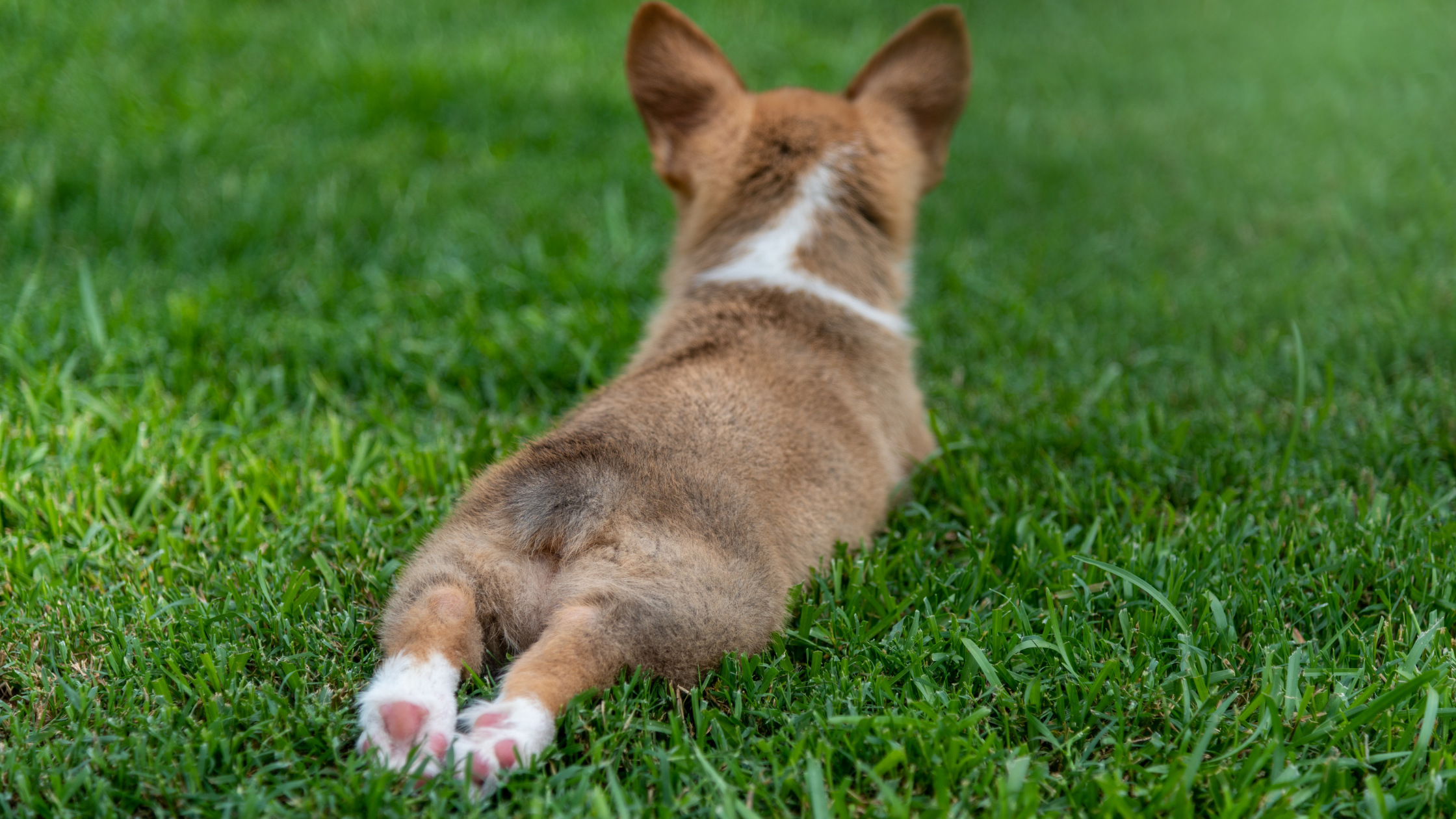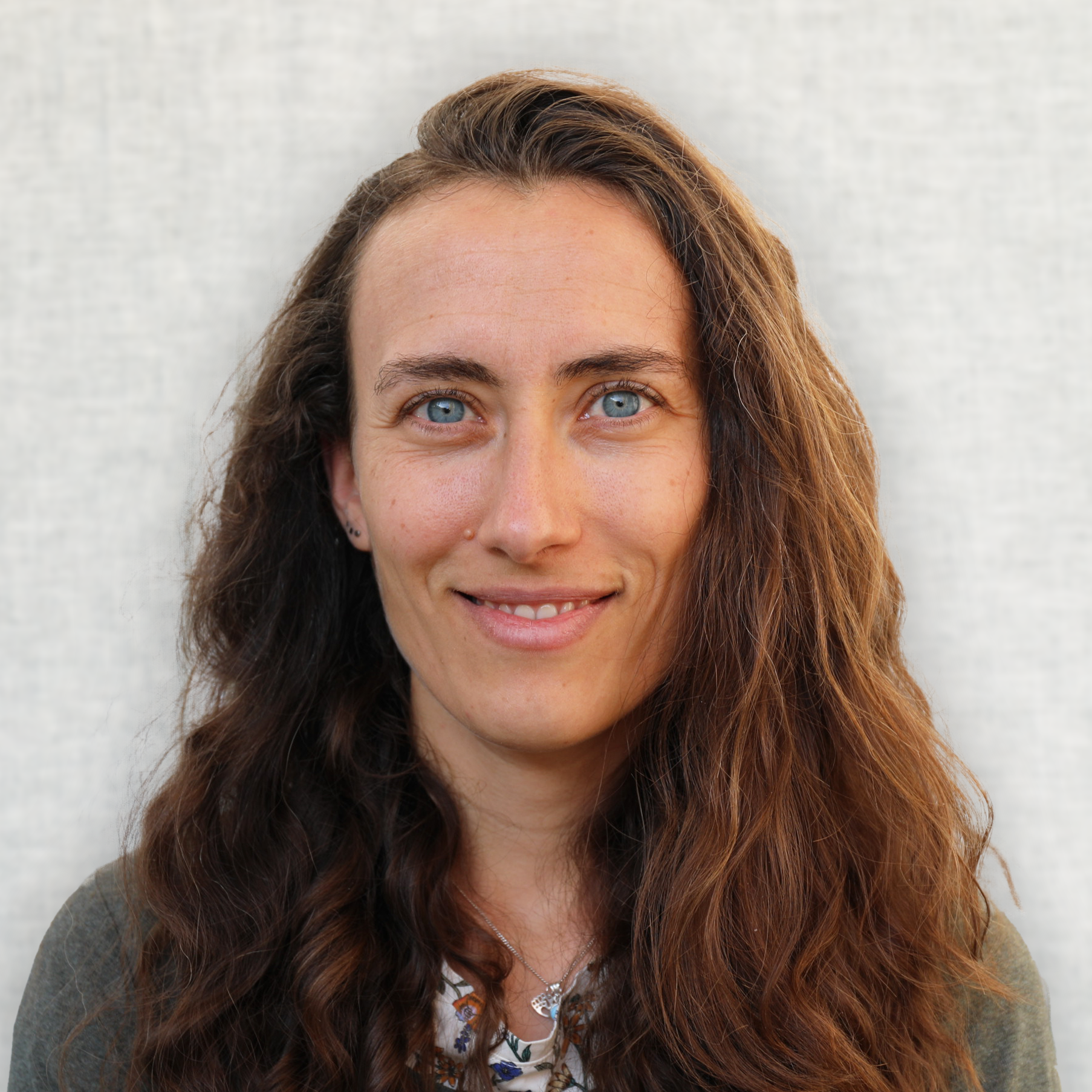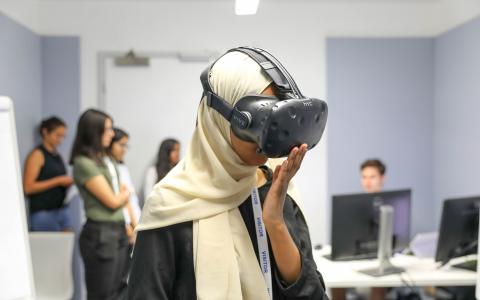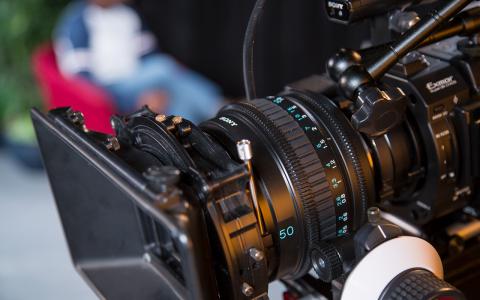
Getting a taste of science journalism at IFLScience
By Dr Jasmine Reggiani
It’s Friday afternoon and I’m deep in a PubMed search hole - about splooting. Yes, the adorable legs-spread position that corgis have introduced the world to. Microsoft Teams pings me with a message. Laura, an editor at IFLScience, has started working on the article I submitted before lunch and is asking me for some more references. I peel myself away from uncovering the science of cute animal behaviour and try to find what she is asking for.
I feel very organised because for every piece I am working on at the moment I have a separate chrome window open. Never mind that each of those windows has so many tabs that I can’t see what they’re about, and I have no other way of finding a source than by painstakingly clicking through every one.

It had only been two weeks, but I had completely immersed myself in the life of a science journalist. The Association of British Science Writers (ABSW) runs a Media Fellowship programme that gives scientists the opportunity to intern at a science media outlet and learn about science communication. The placements range from radio placements at the BBC, to writing for The Times or The Guardian. This was the first year that the SWC sponsored someone from the institute to participate in the fellowship program.
My host was IFLScience, an online news outlet aiming to make science “accessible and enjoyable”. You may remember them from their roots as a Facebook page. IFLScience is primarily focused on science news: what paper came out today? What natural phenomenon is happening right now?
I was a fellow with them for four weeks, and from day one they welcomed me into the team and were eager to expose me to every aspect of their work: social media, podcasting, and, above all, writing, writing, writing! Every day. All different formats. Short news pieces reporting on a new paper coming out. Non-timely pieces covering interesting, quirky science. Explainer articles, the layman’s review, deep diving into a topic that had been buzzing on the news recently. Features and interviews, longer form pieces with some exclusive content.
This is how I found myself on that Friday afternoon trying to find a reference for Laura on Ozempic (the diabetes medication turned weight loss miracle drug), while squeezing out a second piece on splooting.
Yes, I was sometimes writing multiple pieces a day on the most disparate topics. This was life communicating daily news at IFLScience: find the stories of the day before the 9:30 am staff meeting, and then (if you’re a senior staff writer) push out 3 or 4 pieces by 5 pm. I was just getting a small taste of it.
I was “prepared” because ABSW held a journalism 101 crash course for all fellows: one day crammed in the basement of a pub. The key take-aways: there is no such thing as writer’s block, and “deadlines, deadlines, deadlines”. When your radio segment comes out at 3pm, or you have a slot booked at the printers, not meeting a deadline means a gaping hole.
IFLScience is not a magazine, so there are no such strict deadlines, but the editors log off at 17:30, and tomorrow you will be assigned new articles, so the urgency is still present. Having dabbled in the pains of writer’s block before I was actually amazed that in four weeks it never struck once. No matter what topic I was thrown, words were on the page within a couple of hours. It just had to happen. The challenge was exciting, the pressure boost freed me of the inhibitions of overthinking.
In all seriousness, the day of journalism 101 taught me more than that. We learned what’s behind the scenes of radio and television, the importance of finding a unique angle on a story that multiple news outlets are going to cover, and how journalists search for interviewees for radio. They may spend an hour talking to someone on the phone to get a one-line segment for the show.
Buzzing deadlines, juggling multiple pieces at once, making quick judgement calls on whether to reach out to some first-hand sources: it was electrifying and new, but in many ways, I found journalism not to be so different from the pursuit of science. There are some surface level similarities. References also matter in journalism: getting backlinks from another article, or from a university press site is a success. And your end product is a piece of science communication.
But they’re also similar on a deeper level. You have to be curious, inquisitive, rigorous. You’re after a question. You may be looking at someone else’s paper or reading through the transcripts of the interviews you carried out for a piece, and, like a scientist digging through data, you're after a story. You’re trying to find your angle, your perspective that ties together what you’ve learned or found. You may have reached out to sources looking for comments on the topic, but like your data, they may not always say what you were expecting.
This may be why a large part of the staff at IFLScience (and I suspect at other science media outlets also) has a science background. Most of them trained as scientists and did research in their masters, or PhDs. And then found in science communication the way to express those familiar feelings: the excitement of learning something new, and of going after a question that sparked their curiosity.
At IFLScience that question could very well lead you to scour the internet to learn why animals (not just corgis!) love to sploot.
Visit Jasmine's profile page on IFLScience with links to all her articles – everything from Ozempic to Splooting.

About Jasmine Reggiani
Jasmine is a postdoctoral fellow in Tiago Branco's lab at the Sainsbury Wellcome Centre. She did her PhD in the labs of Mark Andermann and Chinfei Chen at Harvard University, studying the differential effects of serotonin on visual information channels from the retina to the thalamus in mice.


